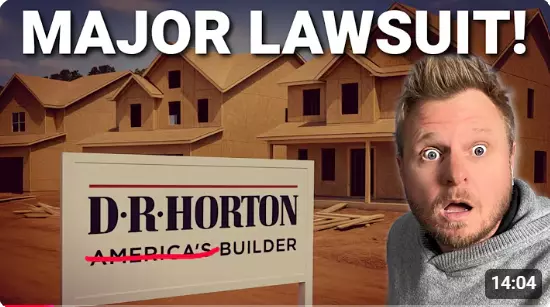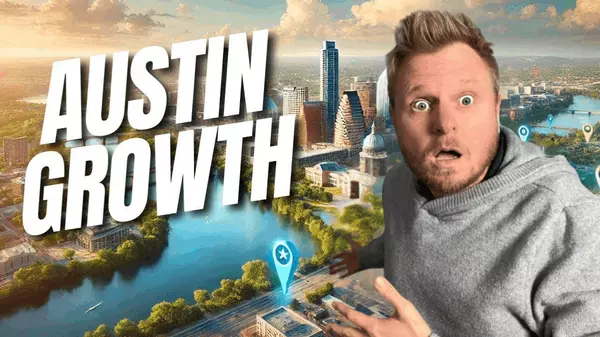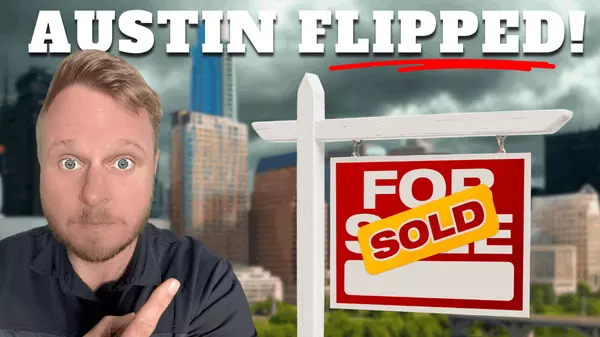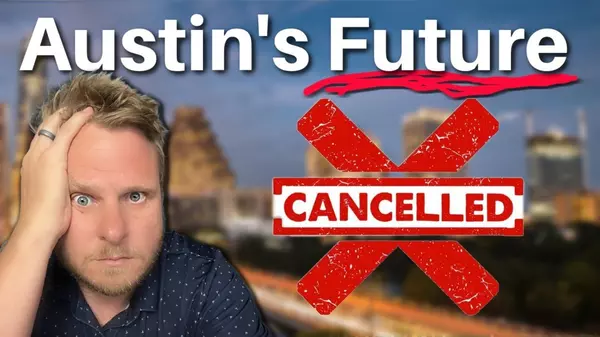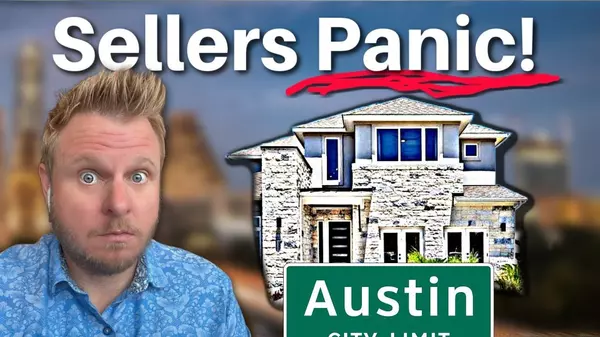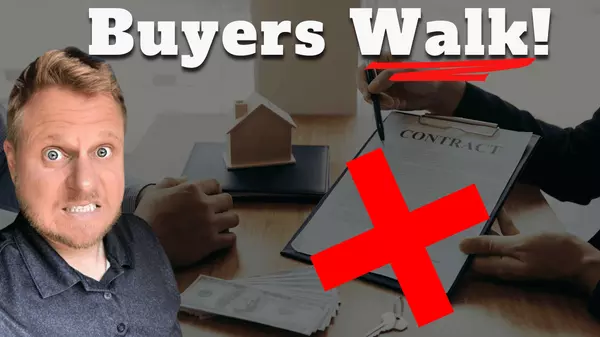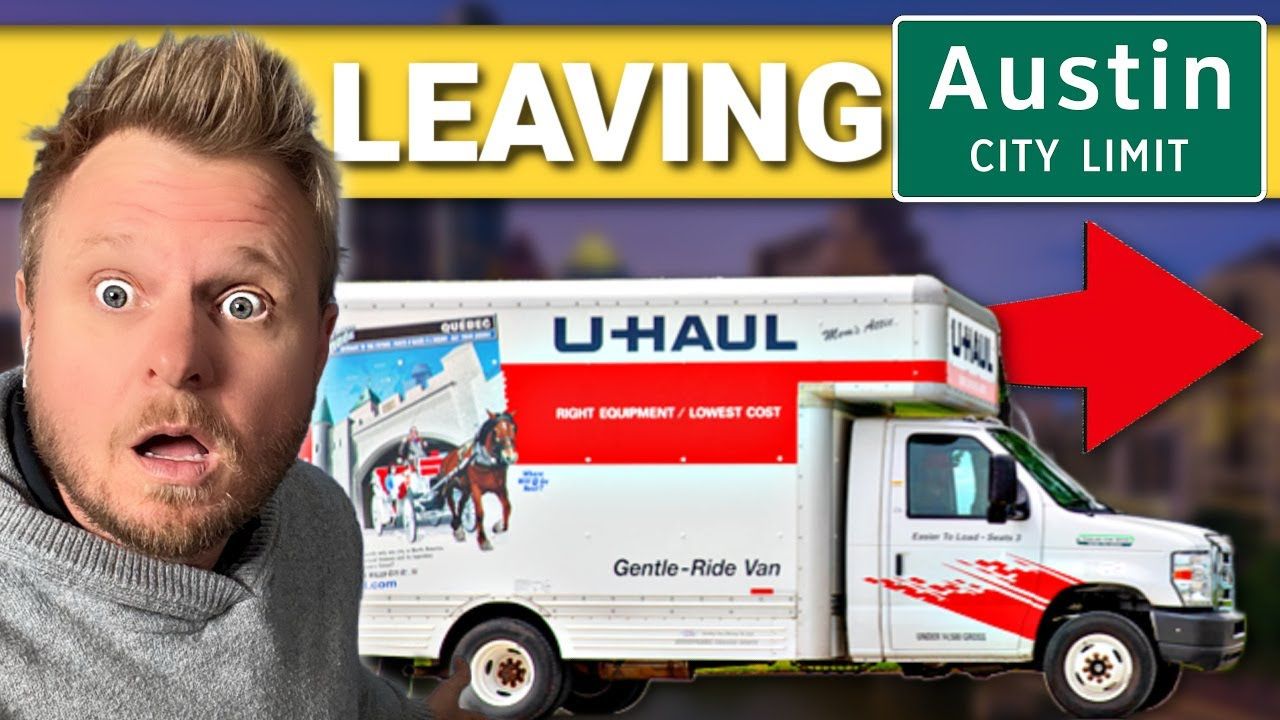Everyone Is Leaving Austin Texas! For Where?
The Rapid Growth of Austin: A Double-Edged Sword
Between 2010 and 2020, Austin saw a population increase of 21%, with even more growth occurring after the pandemic. The city’s rapid expansion, coupled with the influx of tech companies and remote workers, has created a perfect storm for real estate prices to soar. However, this unprecedented growth hasn’t been matched by a proportional expansion in infrastructure.
As Austin’s population has swelled, the city has struggled to keep up with the demand for housing and public amenities. The result? Increased traffic congestion, longer commutes, and the frustrating realization that the city's infrastructure can’t quite handle the influx of residents.
While Austin remains an exciting and dynamic place to live, its infrastructure challenges have become a significant source of frustration for many who are looking for a more balanced lifestyle. Homebuyers who initially moved to Austin for its relaxed vibe are now finding themselves stuck in endless traffic, making suburban areas a much more attractive option.
Why People Are Moving to the Suburbs: Key Reasons
- Infrastructure and Traffic Woes
Austin’s infrastructure simply hasn’t kept pace with the city’s explosive growth. Projects like the expansion of I-35 and 71 are still ongoing, but they are taking time, and the improvements haven’t been enough to alleviate traffic congestion in the city. For those who moved to Austin during the height of the pandemic and were working remotely, the transition back to commuting has been difficult. It’s no surprise that many are now opting to relocate to the suburbs, where they can avoid the daily gridlock and still be close enough to Austin to enjoy its amenities.
- Education: A Hot Button Issue
Schools are a major consideration for families when choosing a place to live, and Austin's public school district, AISD, has faced its fair share of challenges in recent years. In 2023 alone, AISD closed 10 campuses due to declining enrollment and budget cuts, despite the continued growth in the metro area. This has led many parents to look elsewhere for better educational opportunities.
Suburbs like Dripping Springs, Lake Travis, Round Rock, and Leander are known for their highly-rated school districts and are consistently ranked among the best in Central Texas. These districts offer families the stability and educational quality they desire for their children, making them highly desirable alternatives to AISD.
- Job Relocation and Remote Work
Another contributing factor to the suburban shift is the relocation of major companies outside of Austin’s city center. While companies like Google and Meta have established campuses in downtown Austin, many other tech giants have moved to suburban areas like Williamson County. Tesla, for example, has its headquarters along the 130 corridor, and Apple’s campus is also located in Williamson County.
For those working at these companies, it often makes more sense to live in a nearby suburb like Georgetown, Leander, or Round Rock, where home prices are more affordable, and the commute is shorter. As more major employers choose to build outside of Austin proper, more employees are following suit, contributing to the suburban migration.
- Political Climate and Changing Values
Austin’s political climate also plays a role in the suburban migration trend. The city of Austin is known for its liberal leanings, and for some residents, the policies and decisions made by the city council have become a point of contention. According to recent data, nearly 72% of voters in Austin and Travis County lean liberal, which has led some residents to seek out areas with more balanced or conservative political environments.
Suburbs like Williamson County, Hays County, and Bastrop County are known for their more moderate or conservative political leanings, making them attractive options for individuals who want to live in a less politically charged environment.
- Rising Cost of Living in Austin
Austin’s real estate market has seen home prices surge by a staggering 65% between 2020 and 2022, with the median home price reaching as high as $550,000. For many, the cost of living in the city simply became too expensive. With property taxes rising and the cost of everyday goods and services increasing, many are finding that their money goes further in the suburbs.
The median home price in Travis County is now around $595,000, which is significantly higher than the prices in surrounding areas. In contrast, suburbs like Leander, Round Rock, and Kyle offer more affordable housing options, making them appealing choices for homebuyers looking to stretch their dollars further.
- New Construction and More Affordable Homes
One of the most compelling reasons people are moving to the suburbs is the availability of new construction homes at more affordable prices. Developers are focusing on areas like Georgetown, Liberty Hill, and Pflugerville, where there’s more land available for development. Homebuyers can often find brand new homes at a lower price than in Austin proper, and builders are offering incentives like lower interest rates and upgraded features to attract buyers.
Many of these suburbs also offer larger homes with bigger yards—features that are becoming increasingly rare in Austin as the city grows denser. For those who want more space, both inside and outside their homes, the suburbs provide an attractive alternative to the crowded, high-rise living in downtown Austin.
Where Are People Moving?
So, where exactly are people moving to? Let’s take a closer look at the top suburbs that have seen significant growth and interest from people leaving Austin.
- Georgetown: The Top Choice
Georgetown consistently ranks as one of the top places to move to from Austin. With a median home price that’s much more affordable than Austin, Georgetown offers residents the perfect blend of small-town charm and modern amenities. The development of the Wolf Ranch area and the upcoming Costco are driving growth in the region, making it a prime spot for homebuyers.
- Round Rock: Affordable and Growing
Round Rock is another suburb seeing a surge in residents. With a median home price of just $362,000, Round Rock offers a more affordable option for those who want to live near Austin but don’t want to pay the steep price of living in the city. The city is also home to several major employers and has excellent schools, making it a top choice for families.
- Leander: A New Construction Hotspot
Leander has been rapidly growing, with new homes being built at a fast pace. With a median home price of $400,000, Leander is a great option for those looking for a modern home at a more affordable price. The city’s proximity to major employers, good schools, and the recently expanded Northline shopping center have made it a popular destination for homebuyers.
- Pflugerville: Expanding and Affordable
Pflugerville offers a more affordable alternative to Austin, with a growing population and a variety of new construction homes. With a median home price of around $410,000, Pflugerville is an ideal choice for homebuyers looking for a suburban lifestyle that’s still close to the city.
- Kyle: The Quiet, Affordable Suburb
Kyle is a hidden gem for many homebuyers looking for a more affordable living option. With a median home price of $332,000, Kyle offers an excellent opportunity for buyers who want to enjoy the convenience of living near Austin without the hefty price tag. The area is rapidly developing, with new homes and amenities being added regularly.
Conclusion: Suburbs Are the New Frontier
While Austin remains a vibrant and attractive city to live in, many are choosing to move to the surrounding suburbs for a variety of reasons, including affordability, better schools, less traffic, and more space. If you’re thinking about making the move to one of these suburbs, you’ll find plenty of options to suit your needs and budget.
Whether you're looking for a brand new home, more space, or a quieter lifestyle, the suburbs around Austin offer all that and more. From Georgetown to Kyle, Round Rock to Pflugerville, the suburbs are quickly becoming the new frontier for homebuyers who want to live near the city without the downsides of urban living.
If you're ready to explore your options and make the move to one of Austin's most sought-after suburbs, reach out today to get started!
Categories
Recent Posts
